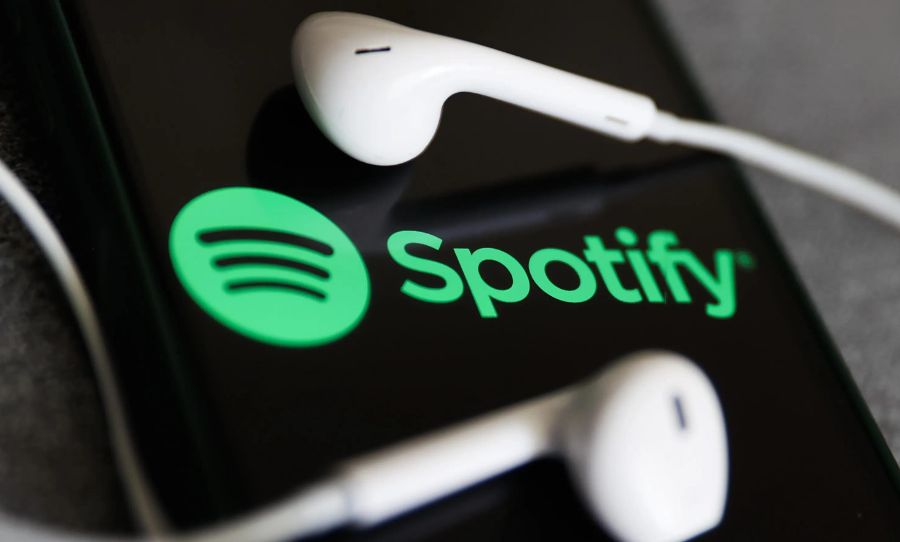Podcasting has triggered an audio renaissance, with millions of creators and fans across the globe tuning into the highly addictive format. Has it peaked? Not even close.
The podcast — a digital audio file made available online for downloading or streaming, typically in the form of a series with new instalments — was only added to the dictionary in the last 16 years. Back in 2005, few knew about and understood what a podcast actually was but now in 2021, with its easy producibility and listening access, the podcast landscape is booming.
However, it is also over-saturated with content that differs from high-quality coverage on the scope of music and true-crime investigations to amateur passion projects, that hope to become the next viral sensation.
But how do you get started? We’ll show you some of the gear you can utilise, and the techniques involved in creating your own podcast.

Getting started
When it comes to creating a podcast, you can have all the best tech, but without a gripping story, a new perspective, engaging talent and an audience in mind, anyone would run the risk of feeling lost during the process.
Finding your niche is the first step in establishing the direction of your broadcast, the tone, its purpose, and the demographic you are willing to serve with this information. It’s this foundation that will guide any rookie or podcasting pro into creating a platform that brings insight to any interested listener.
Secondly, structure, length and scripting will help to organise those ideas or story angles. Even if your direction follows a more relaxed, conversational path, having points to follow and keep you on track will ensure you don’t go on rambling for hours.
Don’t underestimate the power of a five to ten-minute piece if you are just starting out. Keep it short and sweet to ensure audience engagement and make sure to listen to your favourite podcasts as well, paying attention to the details of their broadcast and what sets them apart from the crowd.
Finally, who’s your talent? What individuals and sources will bring your story to life? Although not the be-all and end-all, having guests and primary sources to add greater character or a personal side to your podcast will help keep your audience engaged.

Gear
A key feature in podcast’s popularity is access to solid recording equipment, and the ability to capture sound in any environment to create visual imagery for listeners through the audio.
If you’re just starting out, don’t be intimidated, all you need is a microphone and a computer, the old voice memo app is perfect for collecting your first audio samples. But an undeniable factor in making a great podcast is its production value, which is still achievable on a lower budget.
If you want to take it one step further, there are a plethora of microphone attachments for smartphones, like the Dayton Audio iMM-6, a cheap, high-quality solution for those working on location.
Other options might be lapel mics for outdoor interviews or if you’re looking to make voice recordings out in the field. Shotgun mics also work for avoiding excessive noise and ensuring clear and recognisable audio.
For more static recording situations, like interviews indoors, the Shure MV7 or the Blue Yeti are among the best straight-to-USB computer connection for those taking sound quality seriously without the technical fuss.
A mixer is considered a worthy splurge for laying tracks, adding background music and experimenting with effects, with some providing an audio interface with numerous analog inputs and multiple mic preamps for more than one interview at once. There are even dedicated podcast mixing units, like the RØDE Rodecaster Pro and the ZOOM PodTrak P8, which can further streamline a podcast recording, mixing and editing workflow.
Garageband and Audacity are among the most recommended free recording software, which can turn your desktop into a studio. Good quality headphones also won’t go astray to ensure you are picking up captivating sounds when listening to playbacks and editing.
Music
No one likes an awkward silence — and your podcast is no different. Whether you are enticing your audience with a funky intro riff, filling the moments in between information or farewelling your listeners with a bang, music is a seriously important component of any audio experience.
However, it is important to comply with copyright, especially when it comes to using original music.
To aid this, the internet has a huge realm of royalty-free and paid for subscription sound sites like Premiumbeat, perfect for finding your ideal musical numbers, beats or effects to help create and further the tone of your broadcast.
Editing
Once you have your material, all your hard work needs to be edited together, ensuring your best bits are at the forefront and cutting out the unwanted segments and mistakes. Today, audio and editing interfaces have never been more accessible and range in complexity and ease of use.
For free DAW (digital audio workstation) options, Audacity could be your best friend. If you’re new to the technical side of editing, Alitu is a powerful all in one podcast-making service that will do most of the work for you for a small price. If you are familiar with editing software or willing to learn, Adobe Audition has everything you need to achieve complete control over your projects with a level of mastery in production and long-term flexibility.
And of course, if you’re already into using DAWs for musical projects, all the classics — Pro Tools, Logic Pro, Ableton Live, Cubase and many more, will have all the tools you need to track and edit your podcast.
The final cut
You’ve researched, recorded and edited now where should your podcast go?
Make sure you set yourself apart, create a website dedicated to your audio or upload it to Spotify with some eye-catching cover art. Of course, you still have Soundcloud or Apple’s Podcast app to play with as well.
There are also a number of hosting sites dedicated to podcast projects. Distributors like Buzzsprout, Spreaker, and Captivate were designed to make podcasting simple with built-in transcription integration, embedded players, understandable analytics and easy to track your data.

Sure, podcasting seems like it might be at a saturation point, but the market is only growing. It’s easier than ever to get into this creative and addictive form of media and 2021 is as good a time as any to kick off your journey.



